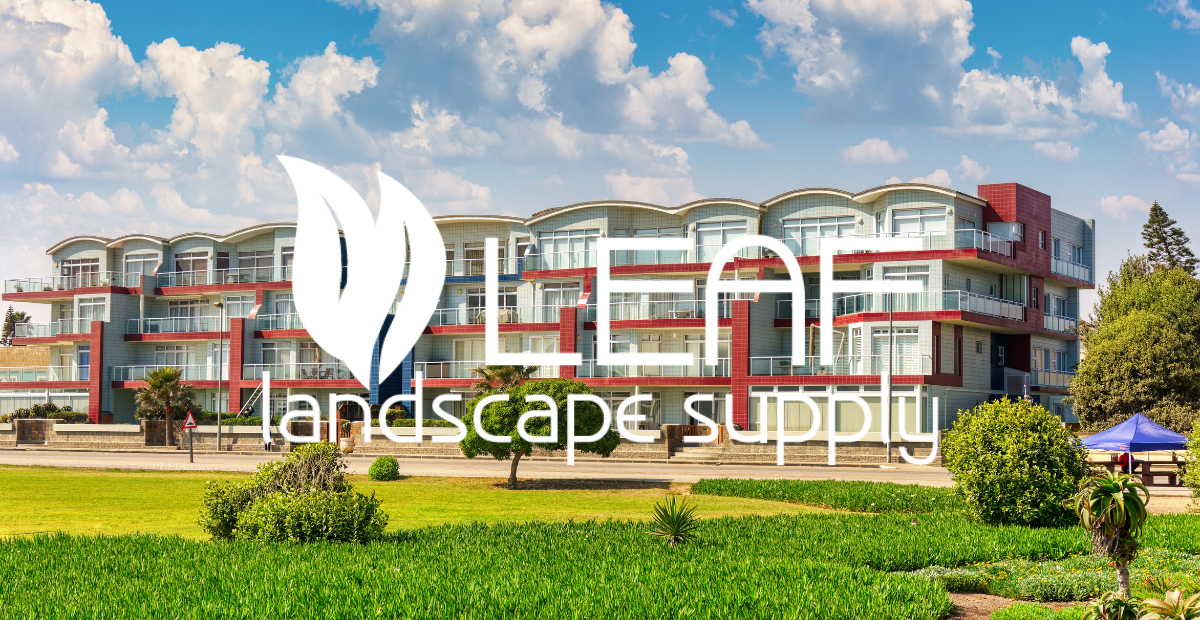
Austin Xeriscape – Xeriscaping in Austin, TX: A Sustainable Solution for Commercial Properties
Sustainable Landscaping for Austin Commercial Properties
Austin, Texas is a city known for its unique blend of natural beauty and urban vibrancy. As the capital of Texas, it offers a diverse range of neighborhoods within its zip codes, including 78759. Located in northwest Austin, this zip code encompasses neighborhoods such as Great Hills, Balcones Woods, and Jollyville, each offering its own distinct character and amenities.
Among the challenges property managers face in these neighborhoods is the need to maintain outdoor spaces that are both visually appealing and environmentally sustainable. In a region where water conservation is a critical issue, the concept of xeriscaping has gained traction as a practical and responsible landscaping solution. For commercial property managers looking to enhance the aesthetic appeal of their properties while minimizing water usage, xeriscaping presents an attractive option.
Xeriscaping
Xeriscaping is a landscaping approach that focuses on minimizing the need for supplemental watering, making it particularly well-suited to the climate of central Texas. Its fundamental principles include:
Drought-Tolerant Plants: Incorporating plants that are native or well-adapted to the local climate reduces the need for excessive irrigation.
Efficient Irrigation: Xeriscaping designs often emphasize water-efficient irrigation systems such as drip irrigation or soaker hoses, minimizing water waste.
Soil Improvement: Soil amendment techniques can enhance water retention and reduce runoff, promoting healthier plant growth with less water.
Mulching: Applying mulch around plants conserves moisture, reduces evaporation, and inhibits weed growth, contributing to water conservation efforts.
The Benefits of Xeriscaping for Commercial Properties
Commercial property managers in Austin’s 78759 zip code and beyond stand to gain numerous benefits from implementing xeriscaping on their properties. Some advantages include:
Water Conservation: Xeriscaping reduces water consumption significantly, leading to lower water bills and contributing to a more sustainable environment.
Low Maintenance: Once established, xeriscaped landscapes typically require less maintenance, saving time and labor costs for property management.
Enhanced Property Value: A well-designed xeriscape can increase the curb appeal and overall value of a commercial property, attracting potential tenants and customers.
Environmentally Friendly: educing water usage and the need for chemical inputs, xeriscaping minimizes the environmental impact of landscaping practices.
Navigating Xeriscaping Supplies
When embarking on a xeriscaping project, commercial property managers need access to high-quality supplies and expertise. Leaf Landscape Supply, a full-service wholesale plant nursery and landscape supplier in Austin, TX, offers a comprehensive range of xeriscaping materials and services. Their offerings include:
Native and Drought-Tolerant Plants: Leaf Landscape Supply provides a diverse selection of plants specifically suited to the Austin climate, ideal for xeriscaping projects.
Irrigation Systems: The nursery offers water-efficient irrigation systems, including drip irrigation and soaker hoses, designed to support the water-wise principles of xeriscaping.
Soil Amendments and Mulch: Property managers can find soil improvement products and mulch to optimize water retention and promote healthy plant growth in xeriscaped areas.
Expert Advice: In addition to their supply offerings, Leaf Landscape Supply also provides expert guidance and resources to support property managers in implementing successful xeriscaping projects.
Overall
Xeriscaping presents a compelling opportunity for commercial property managers in Austin’s 78759 zip code and beyond to create sustainable, visually appealing landscapes. mbracing the principles of xeriscaping and leveraging the resources offered by suppliers like Leaf Landscape Supply, property managers can enhance the environmental friendliness and long-term value of their properties while also contributing to the broader effort of water conservation in the region.
Commercial Property Landscaping (Archives)
